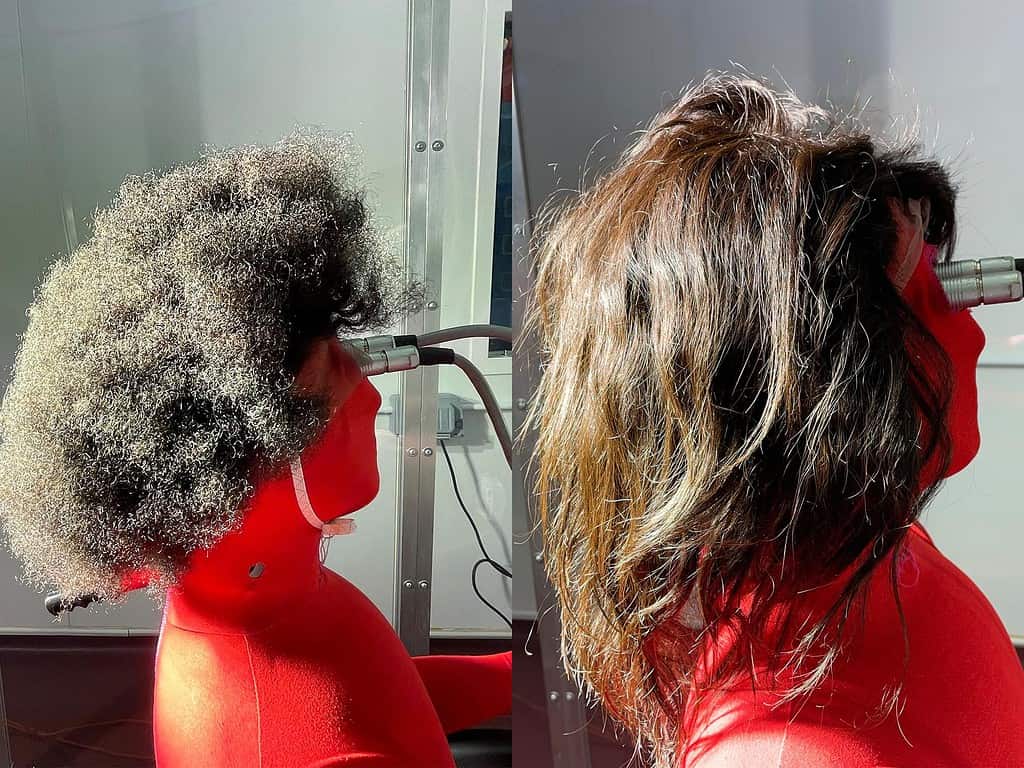Curled scalp hair served as protection against the sun’s radiative heat in early humans, keeping them cool with more water in their bodies, according to a new study. The international team of researchers believe this contributed to an evolutionary adaptation that eventually helped the human brain to grow to its modern size.

“Humans evolved in equatorial Africa, where the sun is overhead for much of the day, year in and year out,” Nina Jablonski, a study author, said in a media statement. “Here the scalp and top of the head receive far more constant levels of intense solar radiation as heat. We wanted to understand how that affected the evolution of our hair.”
In their study, the scientists used a thermal mannequin, which generates artificial body heat using electric power, and human-hair wigs to look at how hair textures affect heat gain from solar radiation. They set the mannequin at a constant temperature of 35 degrees Celsius, similar to the average skin temperature, and placed it in a wind tunnel.
They established baseline measurements of body heat loss by monitoring the electricity consumption needed to maintain the manikin at a consistent temperature. They then replicated solar radiation by directing lamps towards the manikin’s head, simulating scalp hair conditions: no hair, straight, moderately curled, and tightly curled.
This allowed them to estimate the difference in heat loss between the lamp and the base measurements and to determine the influx of solar radiation to the head. The researchers also calculated heat loss at different wind speeds and after wetting the scalp to simulate wetting. They used a model to simulate climate conditions in Africa.
While all types of hair reduced solar radiation to the scalp, tightly curled hair offered the best protection while also reducing the need to sweat to stay cool. “Walking upright is the setup and brain growth is the payoff of scalp hair,” Tina Lasisi, who conducted the study as part of her doctoral dissertation at Penn State University.
A good protection
As early humans adapted to walking upright in equatorial Africa, the tops of their heads became increasingly exposed to solar radiation, the researchers explained. The brain is sensitive to heat and generates heat, especially as it becomes bigger. This can lead to serious risks such as a heat stroke, when the body can’t control its temperature.
Humans lost much of their body hair during evolution, which they compensated for by developing sweat glands to stay cool. However, sweating comes at the cost of water and electrolyte loss. To cope with these challenges, scalp hair likely evolved as a natural mechanism to minimize heat absorption from solar radiation, the researchers said.
“Something released a physical constraint that allowed our brains to grow. We think scalp hair provided a passive mechanism to reduce the amount of heat gained from solar radiation that our sweat glands couldn’t,” Lasisi said. “Our findings give you a moment to reflect and think: is this hairstyle going to make me overheat more easily?”
The study was published in the journal PNAS.









